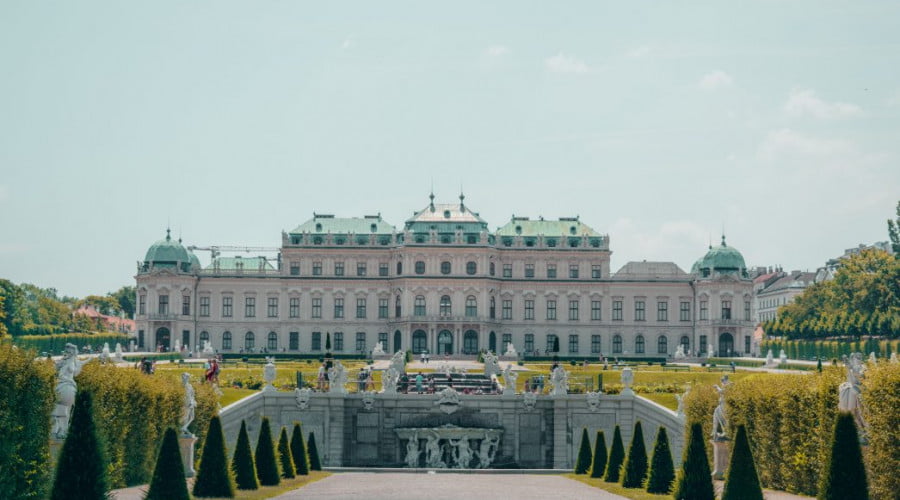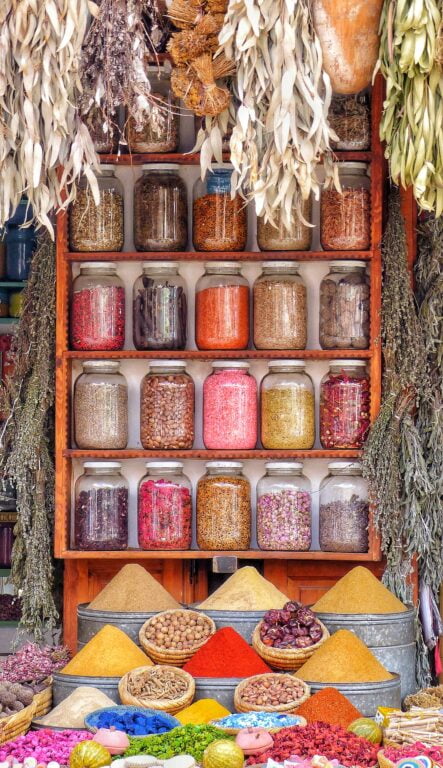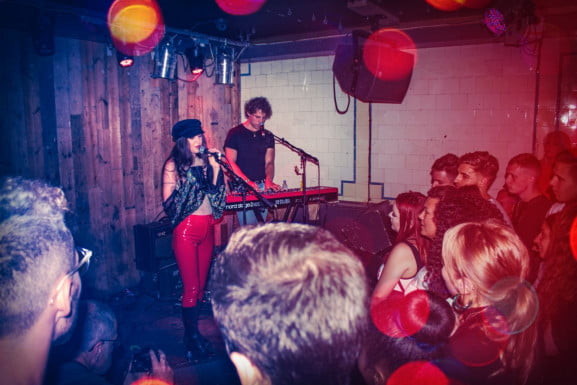Belvedere Palace Gui
If you are already in Vienna you can feel, that every step you take you fall into the dramatic moments of European, or World History. You can’t help but feel that what we read in history books actually happened on these streets and in these buildings. When you walk around Vienna you get a much better idea of what you have that you could just imagine up to this point. From the Middle Ages to the Renaissance and Baroque and up to modern times all the ages left their own mark here.
The same as the age’s stamp, so have its persons, or the actors, put down their occupations in Vienna. From the emperors and empresses via the artists and composers to the well-known military leaders, all of them in their own way entered the world history and culture, and all of them left some aspects of their legacy in Wien.
One of these most illustrious of men was indeed Prince Eugene of Savoy. The history of the world was a long way off from what it was to be were it not for Prince Eugene, to command the army against the invasion of the Ottoman Empire. Thus has been his epitaph throughout history, that to this day, in all Catholic churches, the bells toll at noon every day in memory of the final battle with the Turks when Belgrade was freed.
Though, as he marked his presence in history with the general who served three Emperors, he also left his mark in Vienna
What is discussed here is undoubtedly one of the most beautiful baroque buildings of Vienna with one of the most beautiful baroque gardens – the Belvedere palace.
Belvedere Castle was constructed by Johann Lucas von Hildebrandt for Prince Eugene of Savoy.
The castle is divided into two parts, the Upper and Lower Castle, in whose premises are currently mostly located the collections of the Austrian Gallery.
Initially, the upper castle was not mentioned at all, only the building construction of the lower castle was planned. Only a few rooms were to be used as living quarters, with the rest of the area holding the orangery, which was very fashionable to pose at that time in the upper class.
At this part of the castle there is a Memorial Hall with copy of renowned Viennese monument, the Mehlmarktbrunnena. Next to it, your breath will be taken away by the ceiling paintings of Altomonteo (“Night and Morning”) painted with apparently architecture of Marcantonio Chiarini and Gaetano Fantija with grotesque images of Jonas Drentwetta of Western origins.
Also in the Orangerie you will find cultural treasures of medieval part of Austrian Gallery, while the room around Memorial Hall contains the Barock Collections. On the monument you will find statue The apotheosis of Prince Eugene created by the well-known Balthasar Permoser.
Belvedere Garden is the oldest sector of the complex and dates from around 1700 when it was constructed by the original owner, Dominique Girard.
Especially fascinating is that this garden is climbing up to the upper castle, for the upper castle is situated on the hill over the lover castle, thus their names. The garden featuring the two castles joined by a staircase which rises, stands for ascending from Hades to Olympus.
Upper Belvedere was initially planned as a small cottage, which will complete the garden pavilion optically, but it gets a more significant function – it becomes a summer residence of Prince Eugene later on.
Eventually it came under the Habsburgs when it was purchased by Maria Theresa and was their second residence, that would be embellished by many sumptuous halls and galleries. In the early twentieth century this palace was given by Emperor Franz Joseph to the Crown Prince Franz Ferdinand, to serve as his residence, but who will not live long enough to enjoy it. His assassination spurned the events that will end up becoming the World War I.
Notably fascinating are the roof structures, a likeness to Turkish tents. You see how this is slightly Ironical when talking about Prince Eugen. May be some kind of nostalgia to his military successes. The facade of the Upper Castle is constructed by an artificial lake which additionally adds a touch to the beauty of decor.
As for the Lower-Apartment it has in its centre the same kind of memorial hall, which is adorned with ceiling paintings of Carlo Innocenzo Carlone, now restored and attributed to Marcantoni Chiarini. Apart from the above grounds round the hall used by the Austrian Gallery, the visitor may also visit the palace chapel painted by Carlone with frescoes and by Francesco Solimena with altar paintings.
Eugen of Savoy has preserved his famous library here, which has been transferred to the new building of the National Library for conservation.
Visit the castle is part of a tour led by Original Vienna Tours and so they will ensure that you do not miss the unusual beauty of this baroque structure



